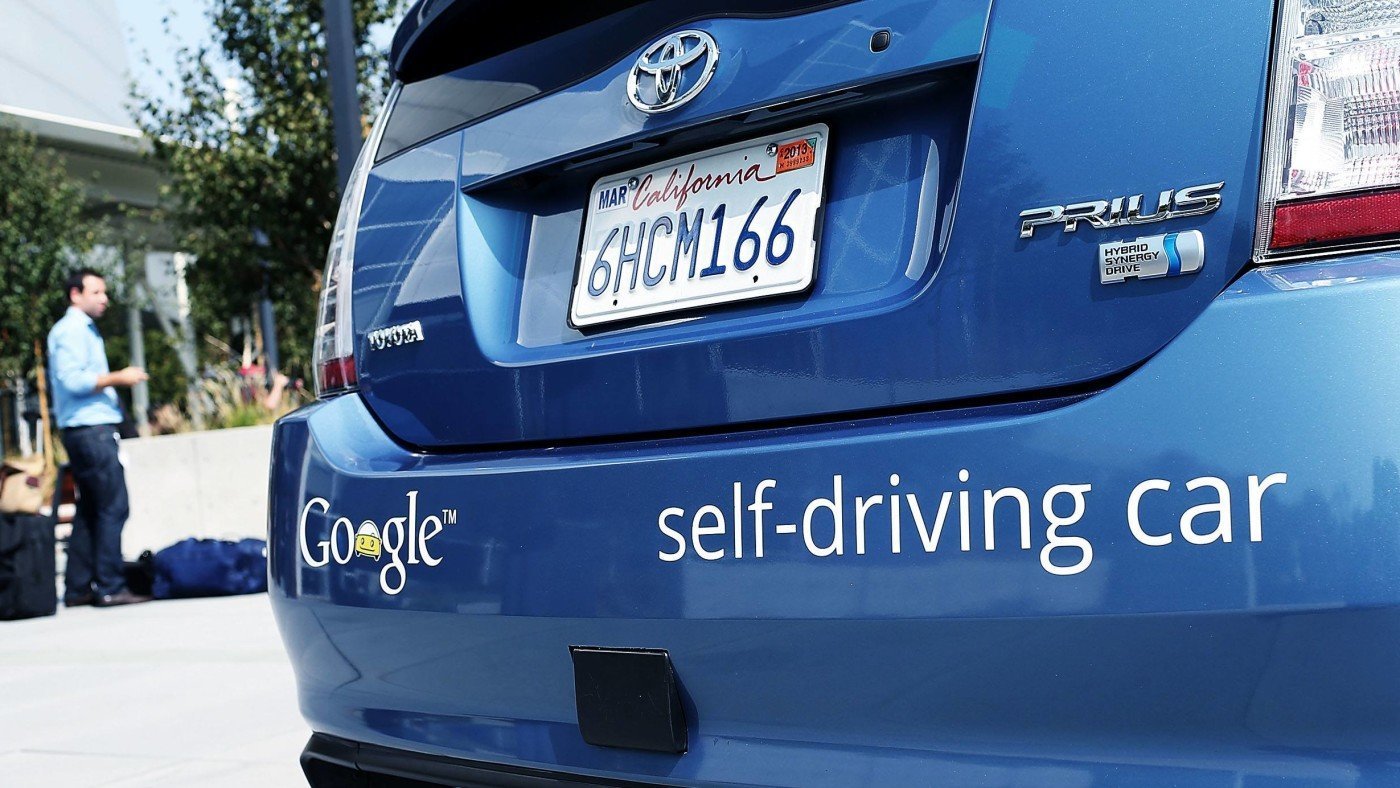In a classic op-ed, “Why Software Is Eating the World,” Marc Andreessen argued “that we are in the middle of a dramatic and broad technological and economic shift in which software companies are poised to take over large swathes of the economy.” From service and retail to manufacturing and the public sector, innovation in software has become a powerful source of increased productivity, efficiency, and economic growth. Many industries have been disrupted–and in some cases upended entirely–as a result of this software revolution. The transportation industry is on the verge of a massive software-driven market disruption, setting the stage for a significant change in the way we work and the way we think about travel, city design, and transportation more broadly.
Take driverless cars. This technology holds the potential to significantly drive down a variety of costs associated with human-operated vehicles. The most striking is the human toll: nearly 100 Americans die every day as a result of human error on the roadways. Automated cars could reduce this number by significant orders of magnitude. But the benefits don’t stop there. As Adam Thierer and I noted in a research paper last year, the rise of automated vehicles on American roadways could ultimately cause 90 percent of the cost of insurance premiums to vanish, prevent over 4 million car crashes annually, and save more than $350 billion every year.
Despite the regulatory hurdles standing in the way of their widespread adoption, the arrival of autonomous vehicles on our roads is not a question of if, but when. As driverless cars become more cost-effective and socially accepted, the transportation sector will undergo dramatic changes. Over time, it may become cheaper and more convenient to simply hire the services of circulating robot cars than to own, insure, store, and maintain personal fleets. The days when owning a car is the norm are likely coming to an end, for better or worse.
But autonomous vehicles are just one example of transformative innovation in transportation technology.
Electric cars are beginning to find their stride in the market. It’s not clear, at this point, whether they’re really more efficient or eco-friendly than gas-powered cars, but Tesla Motors has shown that people will buy electric cars. Elon Musk has combined savvy reliance on government subsidies and municipal tax breaks with high-quality design and manufacturing, leaving Tesla Motors well-positioned to become a market leader in electric vehicles. The primary consideration when assessing the prospects electric cares is not the current or potential future valuation of Tesla Motors, or other electric car manufacturers, but the price and efficiency of the battery storage technology.
Currently, Tesla motors is estimated to have the lowest per-kWh (kilowatt-hour) price for lithium ion batteries (Li-ion), which is estimated to be about $200 per-kWh. As recently as May 2013 McKinsey Global Institute report examined the future of Li-ion energy storage. It predicted that once per-kWh prices fell to approximately $160, plug-in hybrids and electric vehicles could finally be cost competitive with traditional internal combustion engine vehicles. However, McKinsey argued that the $160 price point wasn’t likely to be achieved until 2025. Given how low Tesla Motors’ current per-kWh price point is already, that cost-competitive price could very well be achieved sometime in 2016-2017–almost ten years ahead of predictions.
So autonomous cars are heading our way and battery storage technology is making electric vehicles competitive on the market. But the disruptions don’t stop there. Musk is leading the pack in the electric car market, but he also has a grandiose mass transportation project in the works: the Hyperloop.
The Hyperloop was first announced back in 2013, and was touted by Musk as the future of cross-continental and inter-city transportation. The idea is to use electromagnetic propulsion in a closed tube to accelerate pods at speeds in excess of 700 miles per hour. To put that into context, an average commercial airliner travels at speeds up to 500 miles per hour. Musk’s open source design proposal was floated as a challenge to engineers, largely in response to what he viewed as an outdated, disruption-prone, and costly American rail system.
Many companies are now proposing designs for an upcoming prototype test in January. Bibop Gabriele Gresta, Chief Operating Officer of Hyperloop Transportation Technologies, hopes that the project will not only consume less electricity than it produces, allowing for the resale of the excess energy, but will allow the company to recoup its $100-150 million investment within a decade. Now one knows if this untested technology will pan out, but it’s possible that we are about to witness the dawn of the age of the hyperloop.
Looking even further ahead, drones could alter the way we think of inter- and intra-city transportation. It may not be that far-fetched to imagine advances in drone technology that take advantage of underutilized, low altitude airspace in new ways. Drone delivery is exciting, but consider the possibilities the drone as a low-cost, efficient, and speedy form of transportation. Advances in battery life, autonomous flight software, and sensor suite technologies could lead to orderly flows of traffic along “highways” in the skies above cities. The energy costs associated with such systems are currently prohibitively expensive. But as energy storage costs continue to decline, and as drone technology continues to develop, we could very well one day find ourselves in a world where regular people commute through the air.
Whether the future of transportation is autonomous, electric, looped, airborne, or some combination of all these is uncertain. What is certain, however, is that whatever form the future of transportation takes, it’s likely to be of immeasurable benefit to ordinary people. To paraphrase Andreessen’s sentiments, the future can’t come soon enough.


